vivo e ZEISS they took us behind the scenes of the vivo ZEISS Imaging Labthe joint research and development program to find new solutions for the mobile photography. The two companies are in fact collaborating to bring about vivo smartphone of advanced optical designs and professional quality standards. In short, it is not just a matter of showing the prestigious ZEISS brand on the body of the phones but working together for take quality shots.
vivo ZEISS Imagin Lab, evolution of mobile photography
He was guiding us in the world of mobile photography Oliver SchindelbeckSenior Smartphone Technology Managar at ZEISS, who told us about the technologies the two companies are focusing on in Xpert Talk that we followed.
Schindelbeck began the speech hinting at the century and beyond of ZEISS lens history. During which many engineers and experts worked during to solve problems in optics, such as flare, reflections, chromatic aberrations and color distortions.
But in more recent years the company’s artisan precision has had the positive push of technology, using innovative techniques to work on cameras on vivo smartphones. One of these is that of “digital twin“, A technology that ZEISS developed while working on lenses for high-end photographers and film productions.
With the digital twin, the design immediately sees the creation of a fully virtual model of optics. This allows you to quickly move on to the prototyping phase and to refine the optics, allowing you to virtually simulate any problems. Therefore, finding solutions more efficiently and perfecting the models more quickly.
New technologies for smartphone cameras
Working both in virtual and on physical models allows you to find microscopic solutions, but which improve the shots in a perceptible way. For example the T*Coating, a truly tiny solution certified by ZEISS. Schindelbeck explains that the nanostructure of the coating results chundred times smaller than a grain of sanda, a truly excellent result of nanotechnology.
This coating makes the glass surface of the lenses invisible, a solution used to reduce reflections and increase sharpness, contrast and quality. Something we usually see in best optics for cinema or photography. But what vivo also brings on high end smartphoneafter obtaining certification from ZEISS.
And obtaining ZEISS certification doesn’t seem easy at all. Schindelbeck explained to us how at the start of the collaboration with vivo in 2020, ZEISS has established fixed and rigorous standards for the quality of the cameras, otherwise no certification. So how much vivo and ZEISS are designing a smartphone camera together, the quality objectives are the first discussion held and confirmed with several software simulations and physical teststhe. Among these, the measurements MTF to evaluate distortion and chromatic aberrations.
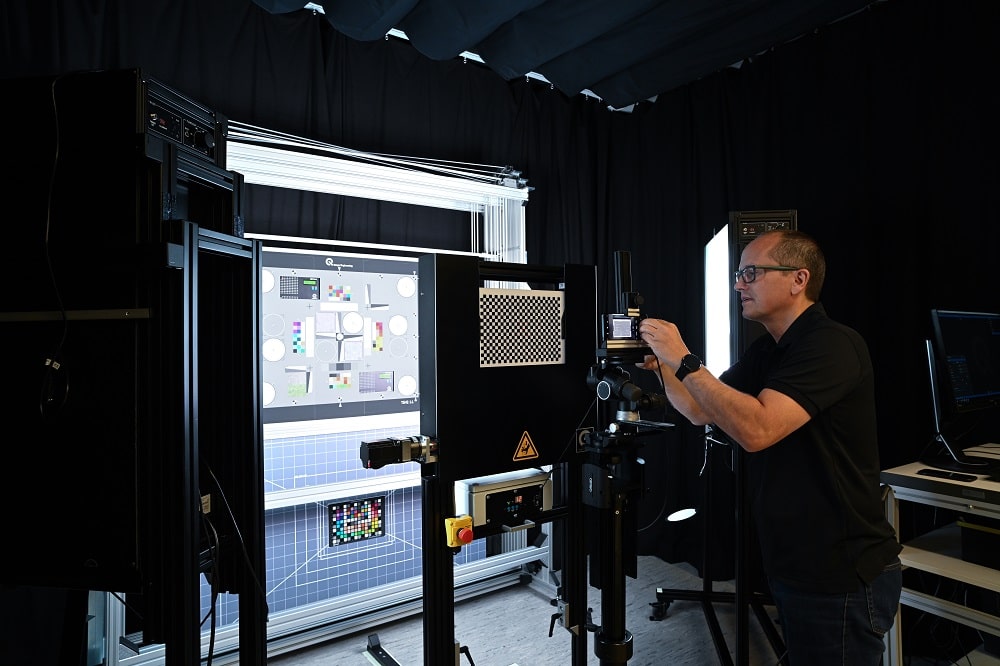
vivo ZEISS Imaging Lab, the magic of classic photography in a smartphone
The validation of the vivo ZEISS Imaging Lab ensures that the necessary quality is behind every shot. Both companies want to set high standards. So much so that every smartphone must excel in over 20 different image quality parametersAnd. In total, over 150 different modules are tested and carried out in the research and development laboratory over 5,000 shots.
But all this technology has only one goal: it allows you to get shots that are not only precise, but also exciting. Through the computation of mobile photography, it becomes possible recreate bokeh effects at shallow depth professional goals. The vivo and ZEISS engineers work throughout to achieve these goals and pride shines through during the Xpert Talk we followed.
Experience in traditional photography from ZEISS and new computational technologies in vivo smartphones they allow many expressive possibilities. The line between smartphone and camera is getting thinner and thinner.






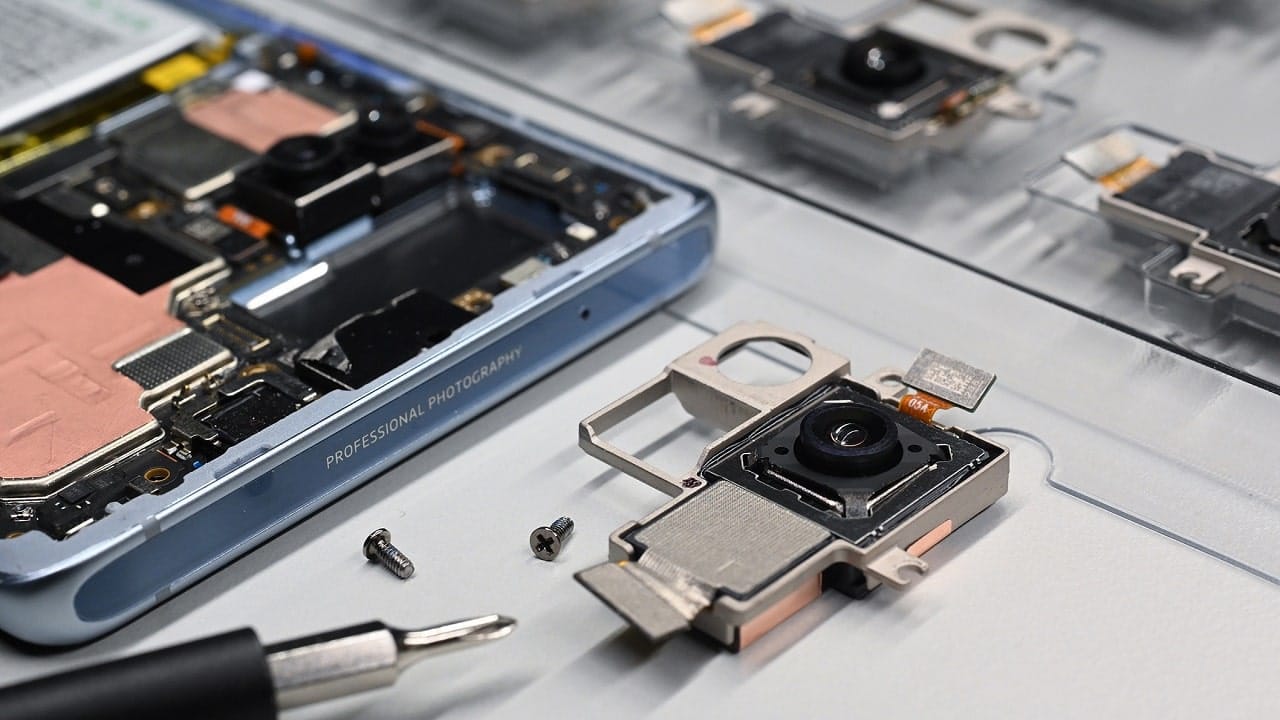




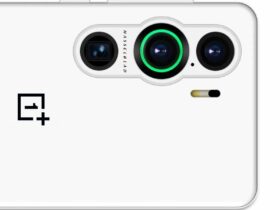
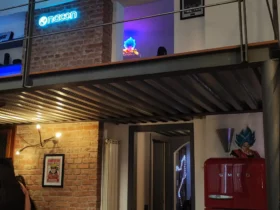

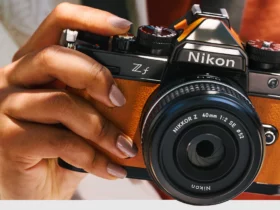

Leave a Reply
View Comments